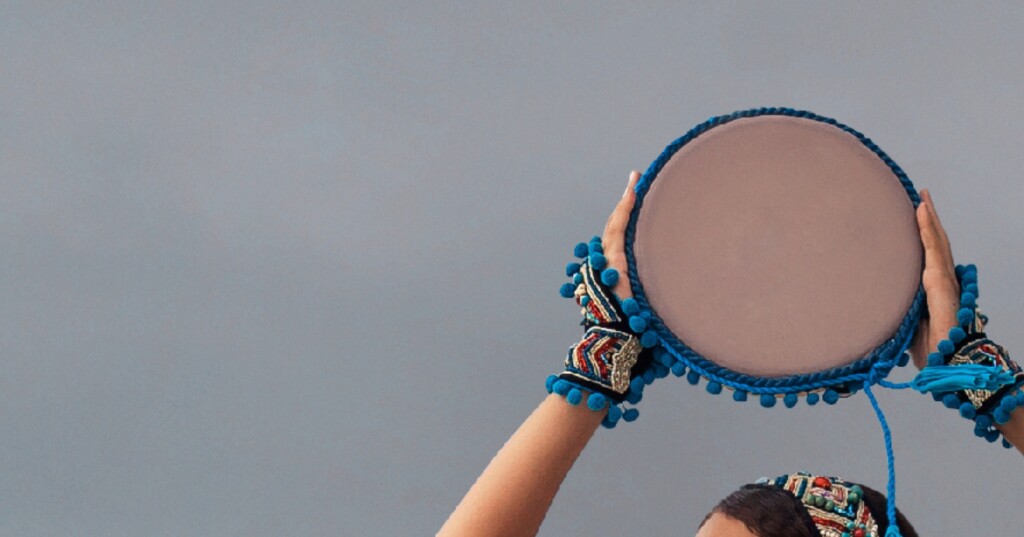Parashat Huqqat
Numbers 19:1-22:1
And the Children of Israel, the entire community, came to the Wilderness of Tzin in the first month, and the people stayed in Qadesh; And there Miriam died and there she was buried. And there was no water for the community, and they assembled against Moses and against Aaron
(Num. 20:1-2)
I have often struggled with the way the Torah tells of the death of Miriam, the Prophetess. Her death merits just half a verse. And there is no report of how the people mourned the passing of this leader. We just move on to the next episode. The missing pieces seem so unfairly lacking. As readers of our Torah I believe it is important for us to notice such gaps and respond to them. Speculations I have entertained in the past (See, especially, Torah Sparks 2016) take on new colorations this year.
This year we look back at an extended period of suffering and loss – physical, spiritual, emotional and societal. As we welcome the gradual opening up of our lives, we recall that we were forced to bury many of our loved ones in straitened circumstances. We were not able to gather together for a funeral or a burial or a shivah, the traditional period of mourning and communal support for those grieving. We were not able to express and to hear words of homage and love for the deceased. For some of those loved ones we have reached the time for an unveiling of a marker upon their graves. This time we are more able to stand together and support each other. But this past year is past and lost in a fundamental way.
Miriam can remind us this year of that loss. She is one of those whose eulogies and honors were lost. Perhaps it was the crisis of the water shortage that upended the normal process of mourning for her, just as our own crisis precluded our traditional rituals of mourning and condolence.
Perhaps, in a gesture of atonement and recompense, our tradition imagines a rich life for Miriam in Heaven. The Zohar tells us that regularly the righteous women who were led by Miriam in her life come to Miriam in Heaven. “That day is called the Day of Celebration. The women, on the evenings of Sabbaths and festivals, all come to be with Miriam, and they come to know the striving to apprehend the Master of the Universe.” (Zohar 3:163a)
We are left with our memories and our hopes – memories of our loved ones and memories of how we wished to do more but could not, and also with hopes to do better in the future.
Shabbat Shalom
Rabbi David Greenstein
Subscribe to Rabbi Greenstein’s weekly d’var Torah
Photo: Commercial Stock Image
Thank you to John Lasiter for suggesting the title and selecting an image for this Torah Sparks – Rabbi Greenstein
- Toby Stein: In Memoriam - Thu, Feb 8, 2024
- Faithfulness and Hope: Parashat Sh’lach - Thu, Jun 23, 2022
- Past Their Prime: Parashat B’ha`a lot’kha - Thu, Jun 16, 2022


What a beautiful analogy. Thank you for suggesting we think about the similarities.